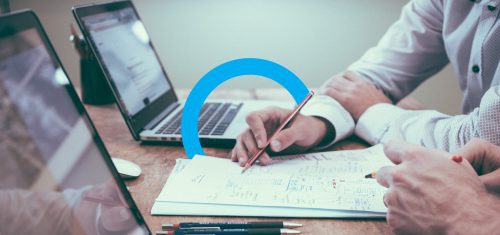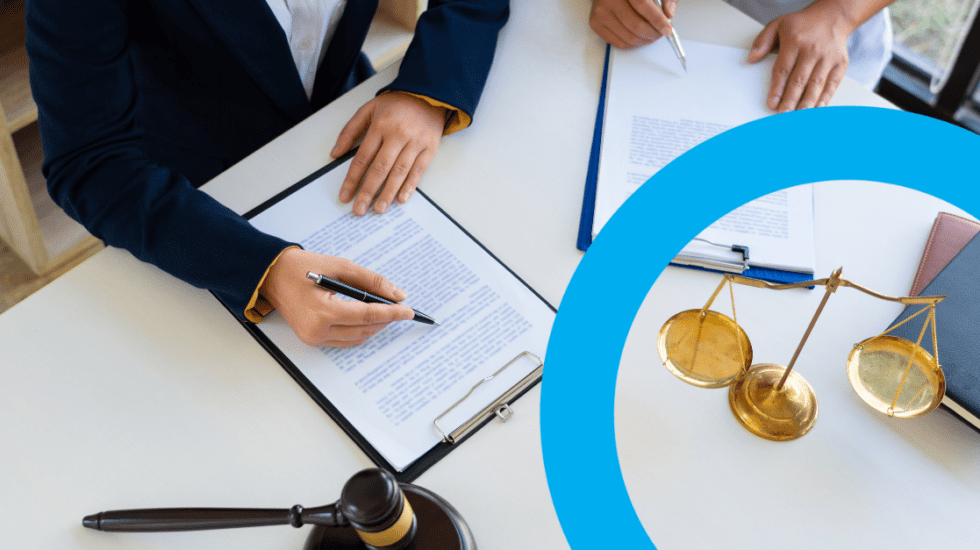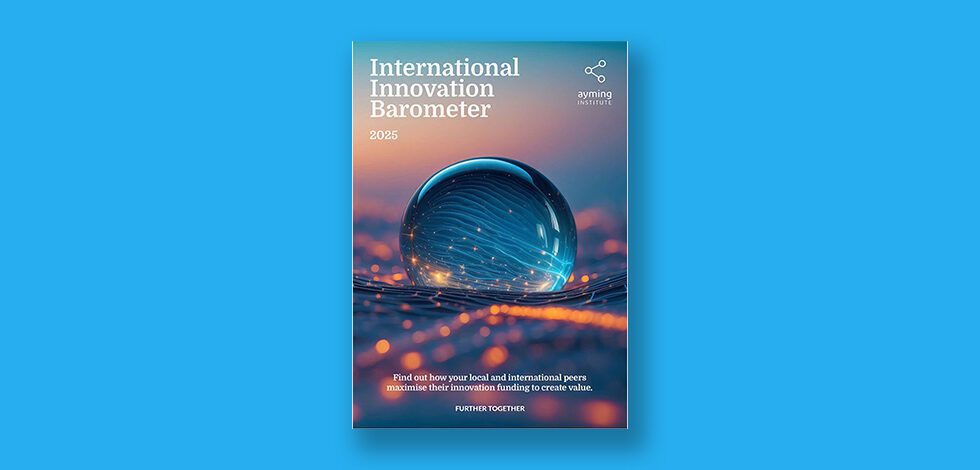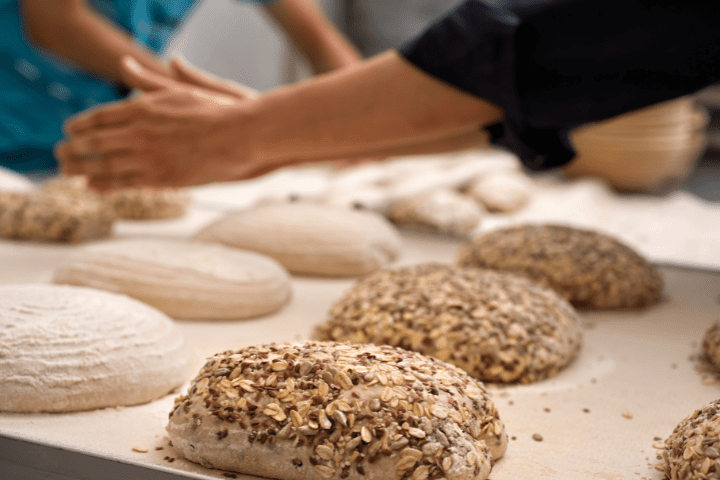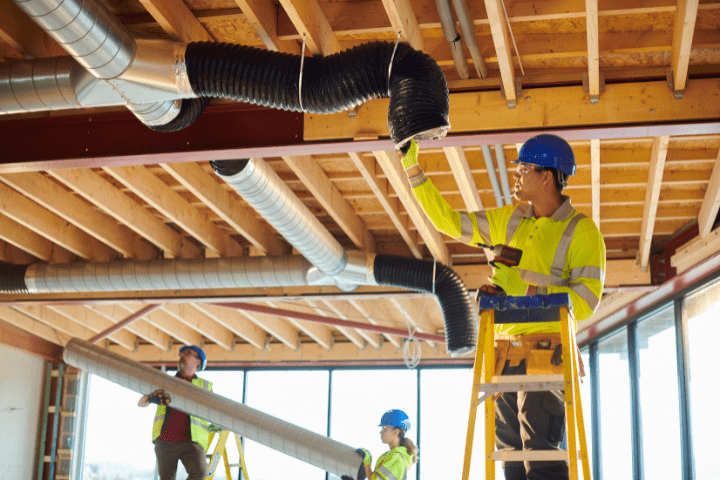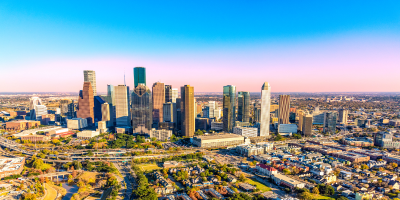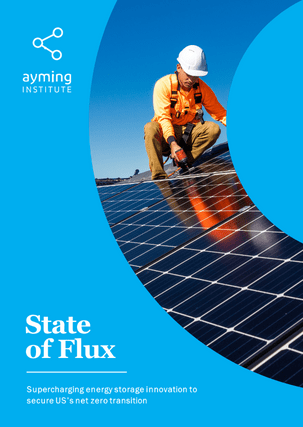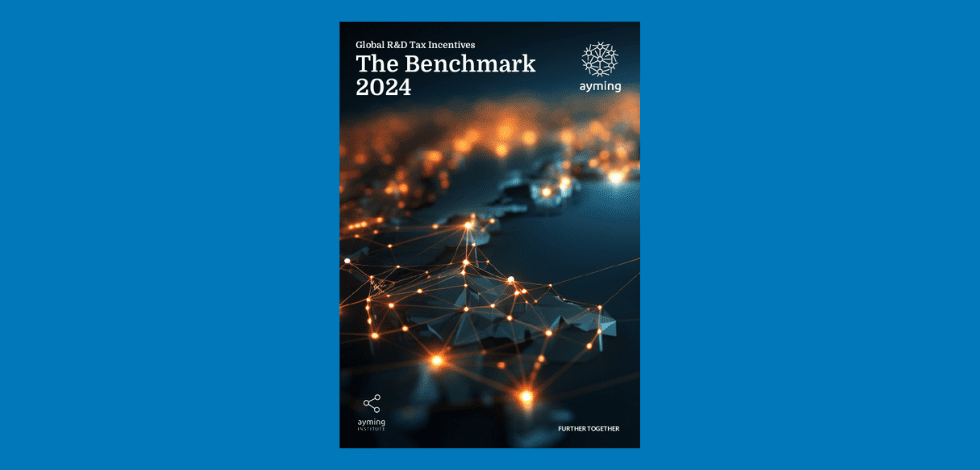What is Section 179D?
Section 179D, also known as the Energy-Efficient Commercial Building Property (EECBP) Tax Deduction, was enacted to encourage commercial building owners and primary designers to implement energy-efficient building components in newly constructed or existing commercial and government buildings.
Section 179D enables commercial buildings owners to claim a tax deduction of up to $5 per square foot for improving the energy efficiency of new and existing buildings. To qualify, a building must meet or exceed key energy reduction requirements and ASHRAE standards.
179D Tax Deduction offers substantial benefits
Taxpayers and/or building owners who invest in new construction or in improvements to existing buildings are eligible. Primary designers – including architects, engineers, manufacturers, green building consultants, and contractors – of qualifying energy efficiency measures in buildings may also claim the deduction if they receive an allocation from their work completed on tax exempt entities.
Eligible tax-exempt entities may include:

Improvements must reduce energy use by making investments in any of the following categories:
- Building envelope (i.e. improvements to walls, floors, roofs, fenestrations, and doors)
- Heating, ventilation, and air conditioning (HVAC) systems
- Interior lighting systems
There are different ways to pursue a deduction and all require comparison to the ASHRAE Standards and certification by a qualified individual. To find out if you qualify, contact one of our experts for a free consultation.
